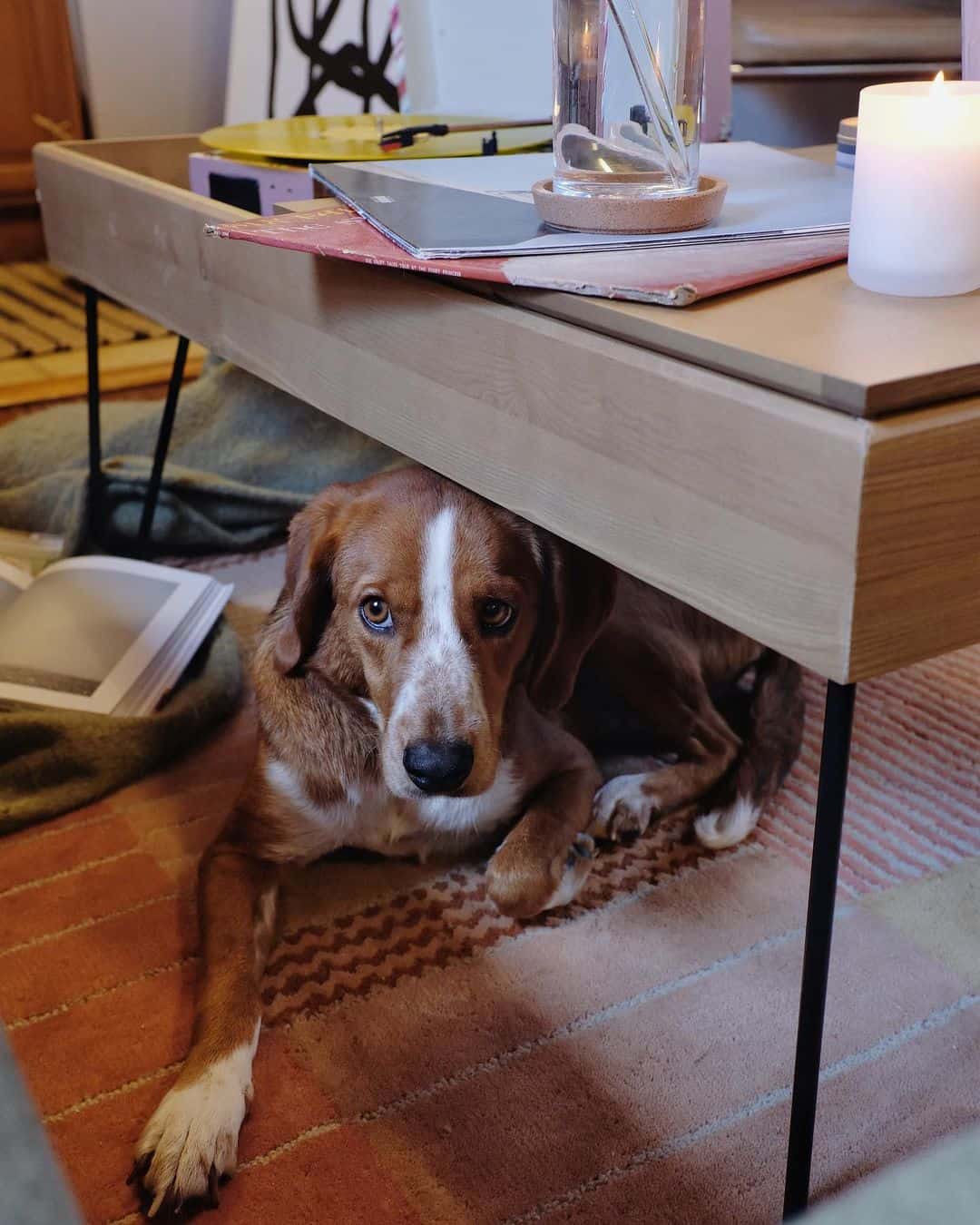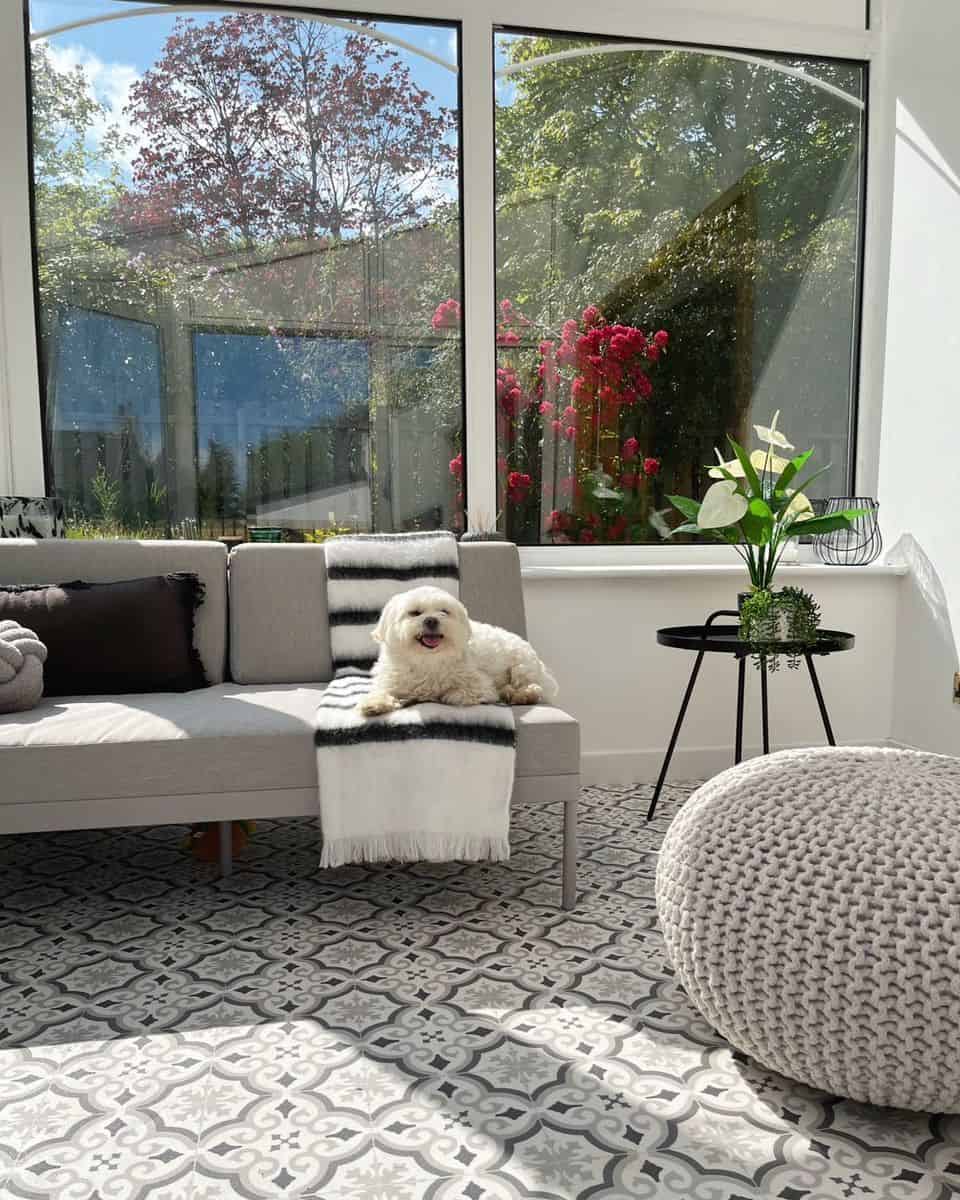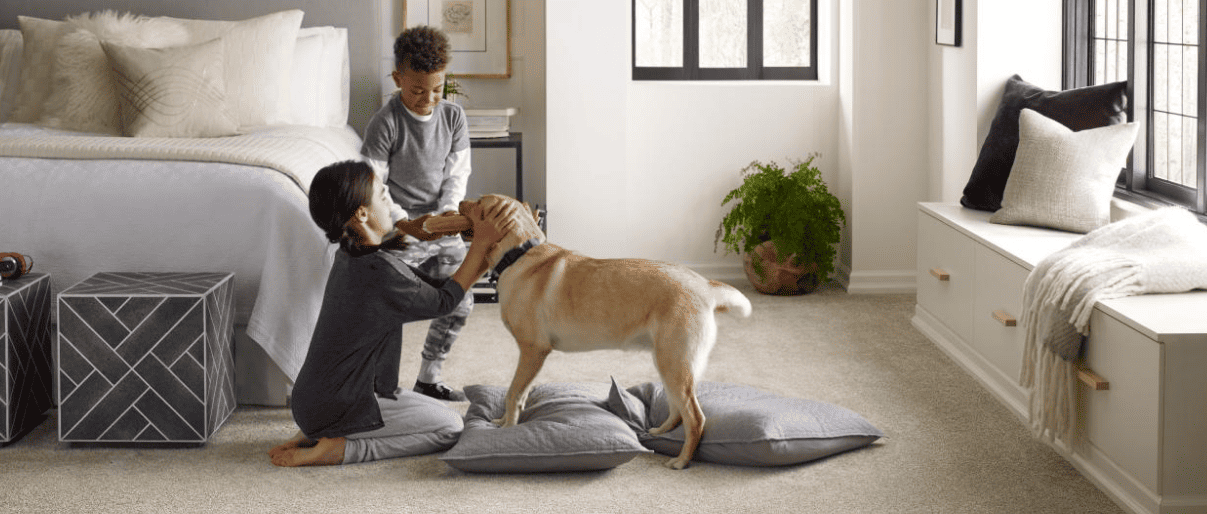Having pets at your home makes them part of your family, without any doubt. So much so that it can provide emotional support and make you happy daily; in return, you must provide it with a pet-friendly environment. Such environments provide safety, comfort, and mental well-being. However, this can be challenging due to pets’ destructive nature. The problem worsens if you don’t know how to create such an environment. Here are ten ways to create a pet-friendly home for your furry friend.
10 Ways to Create a Pet-Friendly Home for a Happy and Content Pet
1. Select Pet-Friendly Flooring
Creating a pet-friendly home starts with selecting the right type of flooring. These are floors made from comfortable and safe materials. These floors are also durable, waterproof, and scratch-resistant. They are also stain resistant and easy to clean. Some of the options you will get when searching for pet-friendly flooring options include the following:
- Engineered hardwood
- Bamboo
- Luxury vinyl tile
- Laminate
- Cork
While choosing the floor, you should consider the size of your pet, the style of your home, and the expected outcome. It’d be best if the floor was also non-slippery and odor resistant. Suppose you install a slippery floor; you should cover it with pet-friendly carpets like the ones reviewed on BestForPets. Doing so prevents accidents. It also eases maintenance. You should consult your flooring expert and discuss your pet and its needs if you need help choosing. The experts will use their experience to walk you through the selection process.
2. Install Pet Barriers
Installing pet barriers can also help you create a pet-friendly home. There are different types of pet barriers, depending on your preference. Freestanding, tension, hinge, and pen gates are the most common types. Mostly used to limit access to pets such as dogs, the gate can also teach your pet boundaries. It also comes in handy if you want to separate the pets, especially if, for some reason, they can’t be together.
When choosing the pet barrier, you should consider its durability, as the pet will try to escape. It’d be best to consider visibility since you want to keep your eyes on the pet regardless of boundary creation. Your pet’s size, ease of installation, and portability are the other factors that you should consider.
3. Designate a Pet Space
Setting up a designated pet space for safety and comfort would be best. Doing so also reduces the pet’s destructive behavior since lack of it leads the pet to develop unwanted behavior as they mark territory. It also reduces mess around the house. You can set the pet space in a spare room, corner of your house, or laundry room.
While creating the space, you should consider the pet’s needs, size, and the environment they thrive in. It’d help to set the pet space in a less trafficked area of the house and equate it with toys, a bed, a water bowl, and a food bowl. Working with a pet trainer, animal behaviorist, or veterinarian to set up the space would be best if you are still determining how to do it. The professional will choose the right spot, design the space, and train the pet on how to use it.
4. Use Durable Pet-Friendly Fabric

Ensure your pet can access the living area and furniture; you should use durable fabric to create a pet-friendly home. Doing so is essential because pets shed, track dirt, and drool, which can create a mess on your furniture. Besides, they can chew, scratch, and tear the furniture fabric. Some pets are also allergic to certain fabrics. You should therefore use hypoallergenic and durable fabrics.
- Leather: This fabric is tough, enabling it to withstand scratching and chewing. It is also non-absorbent, making it easy to clean. Also, leather and faux leather are hypoallergenic and odor resistant.
- Outdoor fabric: made of synthetic materials, outdoor fabrics such as Sunbrella, Scotchgard, and Cordura are durable. They are also water and stain resistant. Besides, you can easily clean them using mild soap and a damp cloth. Thanks to their hypoallergenic nature, they are also less likely to trigger allergies in pets.
- Canvas: being tightly woven, this material can withstand scratches and tears. It is also easy to clean and hypoallergenic since it is made from linen or cotton.
- Microfibre: this fabric is soft and comfortable, making it among the best for your pet to lounge on. It is also durable, stain resistant, and hypoallergenic. Cleaning it is also easy should it stain. You can do so by spot cleaning using soap and water, or using a washing machine on a gentle cycle.
5. Create a Comfortable Sleeping Place
Like humans, your pet needs a good rest to be healthy and active. Therefore, you can create a comfortable sleeping place when building a pet-friendly home. Such a surface can improve your pet’s well-being, especially if it has joint problems, as it reduces pain and discomfort. For optimal health, ensure the sleeping area is clean, free from parasites, pathogens, and dirt.
Consider your pet’s size when choosing a bed for a comfortable sleeping area. The large and supportive bed is suitable for large dogs. The bed should also be soft and comfortable. Besides, it should be machine washable and dryable for hygiene.
6. Provide Vertical Spaces
Vertical spaces refer to raised areas where your cat, rabbit, or ferret can climb and observe their surroundings. In addition, the vertical space is essential as it helps with exercise, security, and mental stimulation. There are different ways to create such a space. For instance, you can use a cat tree, window perches, shelves, or dangling beds. It will, however, be best to consider your pet’s size and personality when creating the space to avoid injuries.
While at it, ensure the area is free from sharp objects or edges. The place you create vertical space should also be quiet and comfortable to allow the pet to relax. It’d be best to add toys to make it more interesting.
7. Install a Scratching Post
You can also install a scraping post for your cat, guinea pig, ferret, rabbit, or chinchilla, creating a pet-friendly home. The same applies to other pets, who scratch on such posts to trim their claws. Such pests also use the post to mark territory, exercise, and relieve boredom. Installing the scratching post will prevent the pet from scratching your furniture.
While installing it, you should consider your pet’s size. A taller post would be best if the pet is large. In addition, you should consider the post texture to prevent claw injuries. The post should be made from soft material such as sisal rope or corrugated cardboard. It will help if you apply aromatic herbs such as catnip on the scratching post to attract the pet. And ensure that you place it in a prominent location where your pet can easily find it.
8. Ensure Proper Ventilation

Pets produce fur and dander, which can build up, creating a health problem for you and the pet itself. For that reason, you should ensure proper ventilation that facilitates the removal of allergens from your home. You can do so by opening the windows or doors often or installing a fan where your pet spends most of its time. Installing a house ventilation system with (high-efficiency particulate air) HEPA system.
It’d be best to clean regularly to remove the fur and dander from your house. Also, avoid smoking around your pets as it exposes them to respiratory problems and can harm expectant pets.
9. Make Access to Water and Food Easy
Pets develop anxiety and stress when they can’t access food and water. Therefore, it will help if you make access to those essentials easy. You can do so by placing water and food bowls in various locations around the house. Doing so will make it easier for your pet to find water and food when thirsty or hungry.
While doing so, ensure that the water and food bowls are clean and contain fresh food and water. The containers should also be to your pet’s liking since some are picky. First, test if your pet prefers ceramic or stainless-steel bowls before buying multiple for various eating and water points.
10. Secure Power Cords and Outlets
Lastly, it’d be best to secure power cords and outlets, making your home pet-friendly. Doing so is essential because some pets chew the cords, exposing them to electrocution. To secure the cords, wrap them in protective tubing. You can also tuck the cords away by hiding them behind furniture or skirting boards. In addition, you can use outlet covers, which prevent the pets from sticking their claws or paws into the outlets.
Pets are essential in your household, as they offer emotional support and can make you happy. However, this requires you to create a pet-friendly environment for them. Such an environment keeps them safe and enhances their overall well-being. Doing so might be challenging if you need to learn how to go about it. That’s why you should use the information you have read here and more that you will find on resourceful websites like
